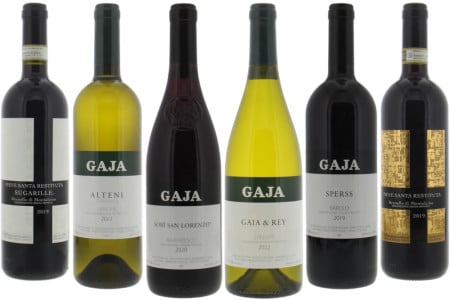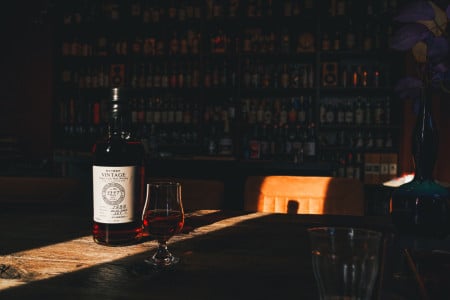Founded in 1859 in Barbaresco, Piedmont, Gaja has become one of the most renowned and influential wineries in Italy. Under the leadership of Angelo Gaja, often referred to as the ‘King of Barbaresco’, the winery has not only revolutionised the wine landscape of Piedmont, but also Italian viticulture as a whole. Gaja's history is characterised by innovation, a quest for quality and the courage to break with tradition in order to break new ground. That is why it is worth taking a closer look at the Gaja winery.


Wine
Explore more
Types of wine
Grapes
Countries
Champagne
Explore more
Whisky
Explore more
Types of Whisky
Whisky brands
Countries
Spirits
Explore more
Spirit brands
Rum
Explore more
Rum brands
Sale
Blog
About




